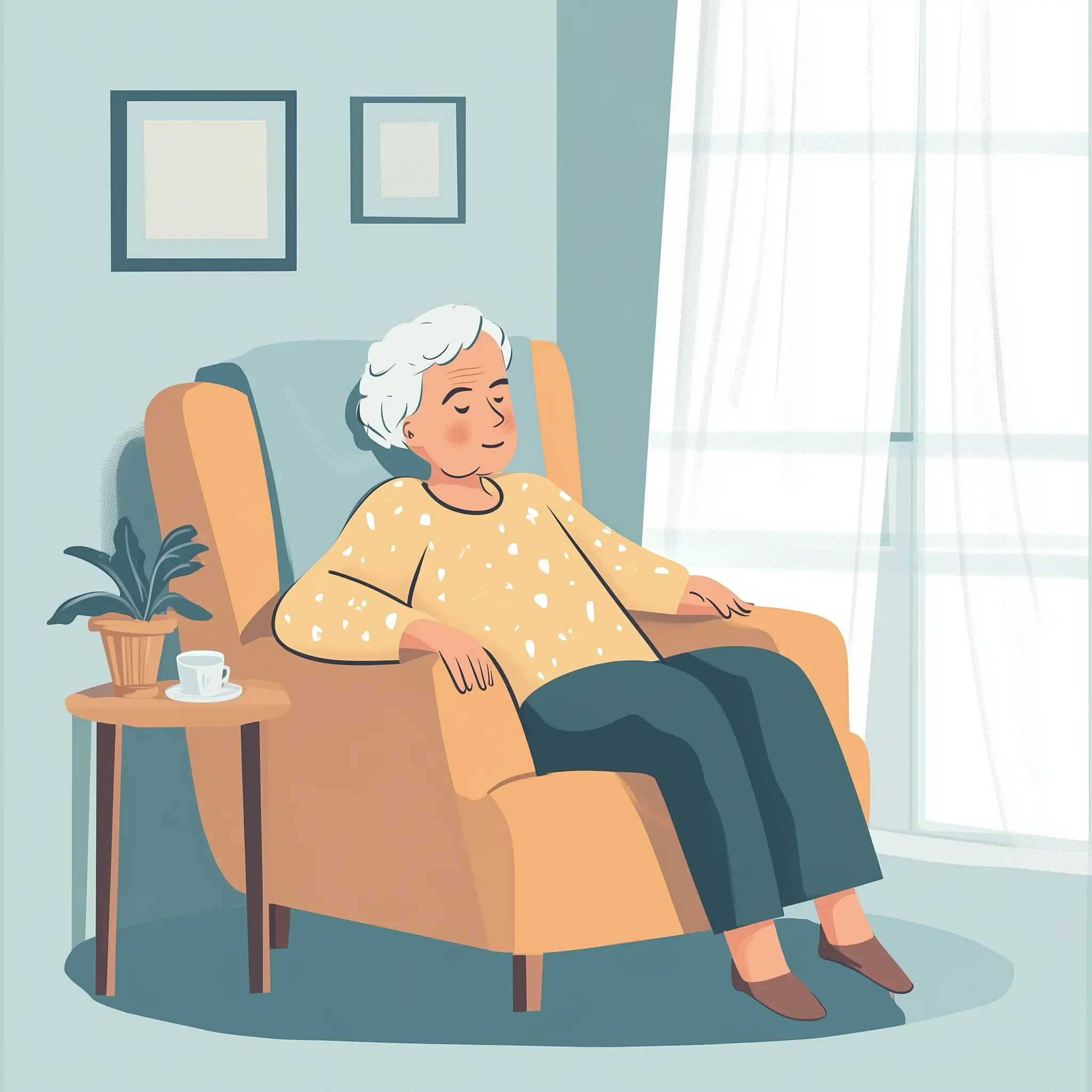
Breathing Exercises For The Elderly To Improve Lung Function
- Published on
- Authors
-
- Author
- HP Homecare
-
As we age, the importance of maintaining lung health cannot be overstated. Respiratory conditions tend to become more prevalent, and the natural decline in lung function can significantly affect quality of life. This brings us to a critical yet often overlooked component of senior health management: breathing exercises. These are not only simple and practical, they can be transformative in improving lung capacity and overall respiratory health.
Why Focus on Lung Health in the Elderly?
The lungs naturally lose their elasticity and capacity with age, which can lead to decreased oxygen intake and increased vulnerability to respiratory illnesses. Breathing exercises offer a non-pharmacological way to enhance lung function, making them a key component of elderly health routines.
Top Breathing Exercises for the Elderly
Here are some recommended breathing exercises tailored for the elderly, designed to help maintain and improve lung function:
Diaphragmatic Breathing: Encourages full oxygen exchange by focusing on the strengthening of the diaphragm.
- How to: Sit comfortably, place one hand on the belly and the other on the chest. Breathe in deeply through the nose, ensuring the diaphragm inflates with enough air to stretch the lungs. Breathe out slowly through pursed lips.
Pursed Lip Breathing: Reduces the number of breaths taken and keeps the airways open longer.
- How to: Inhale slowly through the nose for two counts, then exhale through pursed lips for four counts.
Rib Stretch: Stands out for its ability to expand the lungs and improve ribcage flexibility.
- How to: Stand upright and exhale all the air from your lungs. Breathe in slowly until you cannot inhale any more. Hold the breath for about 20 seconds or as long as comfortable before exhaling slowly.
Integrating Breathing Exercises Into Daily Life
The beauty of these exercises lies in their simplicity and the minimal time they require. For many seniors, integrating these practices into daily routines can be done with relative ease and without any special equipment. They can be performed while engaged in other activities such as watching television, reading, or even lying in bed.
Encouraging the regular practice of these techniques can lead to substantial improvements in everyday respiratory health. This is particularly crucial for the elderly, who may be dealing with chronic respiratory conditions like COPD or asthma.
Empowering Caregivers and Seniors
Carers play a crucial role in promoting and maintaining breathing exercise routines amongst the elderly. Their support can be instrumental in reminding and assisting seniors with these exercises, ensuring consistency and safety. Moreover, carers can monitor progress and adjust routines as necessary to suit individual health needs and capabilities.
In conclusion, breathing exercises are a pivotal part of maintaining respiratory health in the elderly. They are easy to perform, require little time, and can significantly enhance the quality of life by improving lung capacity and function. As we continue to provide care and support for our ageing population, incorporating dedicated breathing practices is a stride towards more comprehensive, non-invasive healthcare strategies.